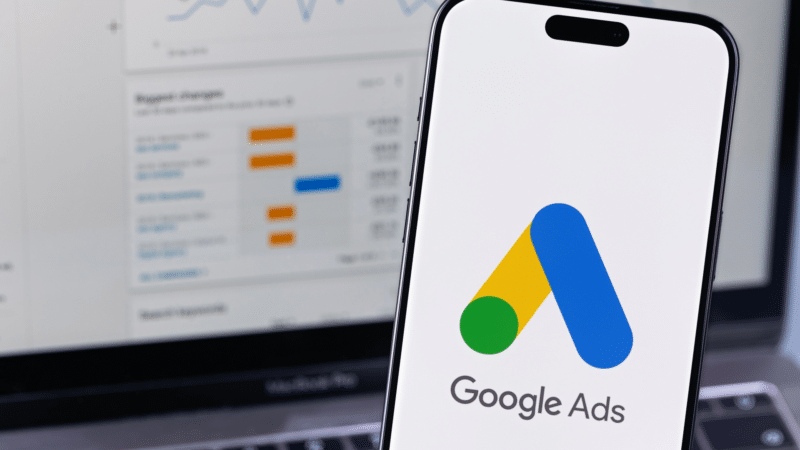
Why You Should Reconsider Optimized Targeting in Google Display Network (GDN) Campaigns
Are you confident that your ad budget is working harder for you? Many advertisers might assume that features like Google’s optimized targeting are enhancing their campaign effectiveness, but recent insights suggest otherwise. A thoughtful examination of this feature reveals troubling implications that could significantly affect digital marketing strategies.
Launched in 2021, Google’s optimized targeting feature was designed to broaden campaign reach by identifying new potential customers beyond manually selected audience segments. However, Juliette Smith’s article sheds light on critical pitfalls associated with this tool that every software developer, digital marketer, and ad strategist should consider. Notably, the lack of transparency surrounding how optimized targeting operates can leave advertisers in the dark about its effectiveness compared to manual audience selections.
One of the most alarming concerns is the rampant budget drain caused by this feature. In a striking case where optimized targeting consumed 99% of a campaign’s budget, the results were evidently skewed. This skew not only compromises the expected reach but also dilutes campaign effectiveness, which raises questions about the validity of “optimized” claims. Indeed, the juxtaposition of invalid clicks against valid traffic serves as a stark reminder of the importance of careful targeting. Smith’s analysis demonstrated an invalid click rate of 66% for campaigns employing optimized targeting, in contrast to just 26% for those without it.
The recommendation is straightforward: advertisers should disable optimized targeting when launching campaigns in GDN. This practice allows for a more efficient allocation of resources and increased focus on audience segments that genuinely yield results. It’s vital for marketers to regularly assess the performance of any features they employ, ensuring they add tangible value rather than becoming a budgetary black hole.
Moreover, there’s a fascinating interplay between optimized targeting and URL management strategies that can fortify overall campaign performance. For instance, integrating URL shorteners and link management platforms like #BitIgniter or #LinksGPT can help marketers track the effectiveness of individual links in real-time, providing deeper insights into click rates and engagement. By analyzing this data alongside the performance of optimized targeting, advertisers can make informed decisions about where to allocate their budgets more effectively.
In conclusion, while Google’s optimized targeting may promise greater reach, the risks it introduces often outweigh the advantages. Caution is imperative, and a vigilant approach to campaign analysis will serve brands better in an increasingly competitive digital landscape.
Hashtags: #BitIgniter #LinksGPT #UrlExpander #UrlShortener #DigitalMarketing #GDN #AdSpending
Want to know more: Read more here

